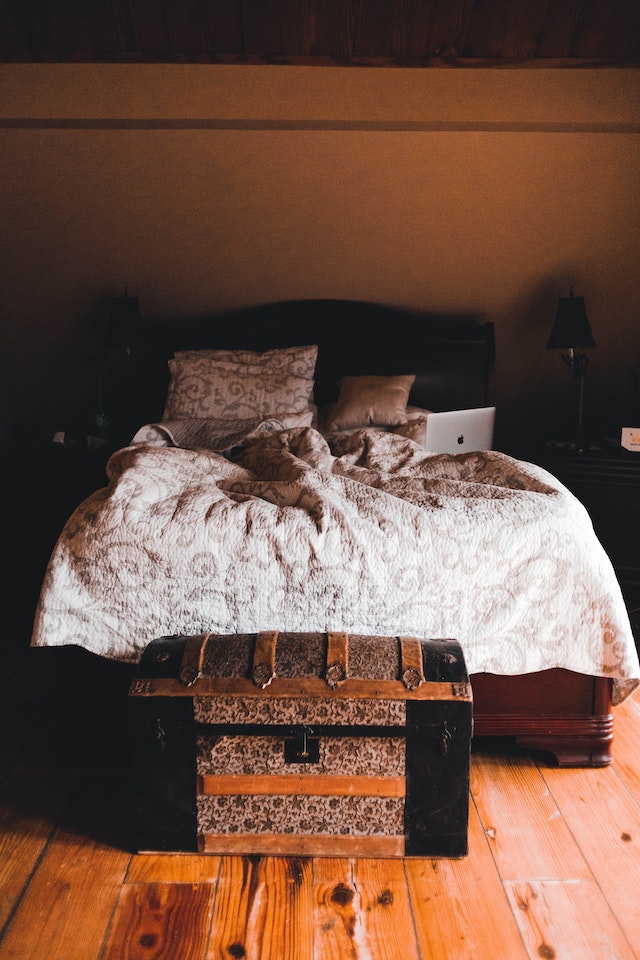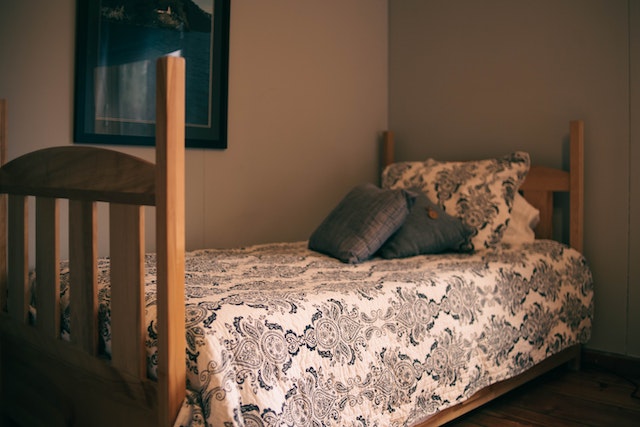Quilts, with their intricate patterns and rich history, are much more than just warm bed coverings. They are an embodiment of art, storytelling, and the human spirit’s longing for comfort and connection. Over the centuries, quilting has evolved, transcending its initial utilitarian function to become a revered form of self-expression and cultural identity.
Contents
Historical Perspective
The history of quilts dates back millennia. While the exact origin remains a mystery, traces of quilted fabric have been found in Ancient Egypt and Asia. As trade routes expanded, quilting techniques, designs, and traditions spread, allowing different cultures to infuse their unique perspectives into this art form.
In the United States, quilting has a particularly deep-rooted history. During colonial times, quilts were a necessity due to the harsh winters. The process of quilting then was primarily utilitarian, meant to produce warm blankets and garments. As time progressed, however, quilts started to take on a more symbolic nature. They were used to commemorate significant life events, document historical events, or even convey messages, such as in the case of the Underground Railroad quilts.
Techniques and Patterns
The artistry in quilts comes alive through its techniques and patterns. From basic patchwork to intricate appliqué, quilting techniques are diverse:
- Patchwork: This is perhaps the most recognizable style, using geometric shapes sewn together to create a larger pattern.
- Appliqué: Involves sewing smaller pieces of fabric onto a larger background. This technique can be used to create detailed scenes or designs.
- Whole Cloth Quilts: Made from a single piece of fabric, the design in these quilts comes purely from the stitching.
- Foundation Piecing: Involves sewing pieces of fabric onto a foundation (like paper), often used for intricate designs.
The patterns can range from simple and geometric, like the “Nine Patch”, to complex and symbolic, like the “Log Cabin” or the “Tree of Life”. Each pattern carries its history, and in many cultures, specific patterns are passed down through generations.
Quilts Today
The modern era has seen quilts evolve further, especially with the advent of new fabrics and technology. Now, quilting is also a form of therapy, a community activity, and a thriving commercial enterprise.
Art quilt, which prioritize aesthetics over function, have also gained prominence. These quilts, often displayed in art galleries, push the boundaries of traditional quilting, incorporating unconventional materials and modern techniques.
Quilt, in their myriad forms, remains a testament to the human ability to blend utility with beauty. Their patterns tell stories, their stitches capture history, and their warmth brings comfort. Whether draped over a bed, hung on a wall, or displayed in a museum, quilts are enduring symbols of artistry, heritage, and community.
Frequently Asked Questions about Quilts
What is a quilt?
A quilt is a multi-layered textile, traditionally composed of three layers: a woven cloth top, a layer of batting or wadding, and a woven back, all stitched together using various techniques.
How is quilting different from sewing?
While both involve stitching fabric, quilting refers specifically to the process of joining multiple layers of fabric together to make a thicker padded material. Sewing typically refers to joining pieces of fabric to create garments or other items.
What materials are used in quilts?
Traditional quilts are made from cotton fabric, batting (which can be cotton, polyester, wool, or blends), and thread. However, contemporary quilters might use a variety of fabrics including silks, satins, and synthetics.
How do I care for a quilt?
It depends on the materials used. Generally, quilts should be washed in cold water on a gentle cycle and air-dried or tumble-dried on low heat. Older or antique quilts may require special care or professional cleaning.
What is the history of quilting?
Quilting has ancient origins, with evidence of quilted garments found in Egypt and Asia. Over centuries, it evolved from a utilitarian craft to an art form with deep cultural and historical significance in various parts of the world.
Why are some quilts so expensive?
The price of a quilt depends on factors like the quality of materials used, the intricacy of design, the amount of handwork involved, and the artist’s reputation. Handmade quilts, especially those with detailed patterns or made by renowned quilters, can be valuable.
Can I quilt as a hobby?
Absolutely! Quilting is a popular hobby enjoyed by millions around the world. With basic sewing skills, anyone can start quilting. There are many online resources, local classes, and communities to support budding quilters.
How long does it take to make a quilt?
The time varies based on the quilt’s size, design complexity, and the quilter’s expertise. While a simple baby quilt might take a few hours, a large, intricate quilt can take months or even years to complete.
Are there different types of quilts?
Yes, there are many types, including but not limited to patchwork quilts, appliqué quilts, whole cloth, and art quilts.
What do quilt patterns symbolize?
Many traditional quilt patterns have symbolic meanings, often rooted in history or folklore. For instance, the “Log Cabin” pattern might represent home and heart, while the “Flying Geese” can signify direction or migration.
Remember, the world of quilting is vast and diverse, and this FAQ only scratches the surface. If you find yourself drawn to this art form, dive in and explore!

Conclusion
Quilts, in their intricate design and historical depth, are much more than mere textiles; they are chronicles of human experience, creativity, and cultural evolution. The kaleidoscope of history unveiled in quilts at American Folk Art Museum. From their earliest appearances in ancient civilizations to their modern-day renditions in art galleries, quilts bridge the divide between function and form, utility and art. They serve as both comforters against life’s chill and as canvases that narrate personal and collective tales. Whether we’re drawn to them for their aesthetic allure, their tactile solace, or their symbolic tapestry, quilts enrich our lives, reminding us of the profound beauty that can be woven from the threads of human endeavour and imagination.







